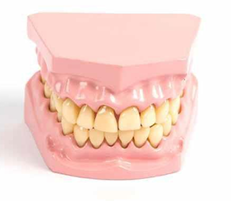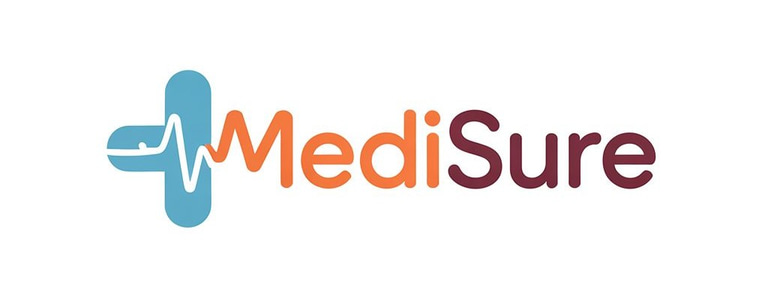رَبِّ زِدْنِي عِلْماً

DENTAL MODEL SMALL
₹82.00₹22.00
Dental models are essential tools in the field of dentistry, serving both educational and practical purposes. A smaller-sized dental model is particularly advantageous for various reasons, making it a valuable asset for dental professionals and students alike. Firstly, a small dental model is easier to handle and manipulate, especially for instructional purposes. For dental students, working with a smaller model allows them to gain hands-on experience without the overwhelming scale of a full-size patient model. This can enhance their learning curve, enabling them to focus on specific aspects of dental anatomy and procedures with less fatigue. In a clinical setting, small dental models can be used effectively for patient education. Dentists can utilize these compact models to demonstrate dental procedures, explain oral hygiene practices, and illustrate potential treatments. The portability of a smaller model ensures that it can be easily transported between examination rooms or to patients' homes, promoting a better understanding of dental health. Moreover, small dental models can be invaluable for orthodontic applications. Orthodontists can use these models to showcase different types of braces or aligners, allowing patients to see how these appliances will fit in their mouths. The ability to visualize the impact of orthodontic treatment on a smaller scale helps to demystify the process, making patients feel more comfortable and engaged in their treatment plans. Another advantage of small dental models is their role in research and development within the dental industry. Manufacturers can use smaller models for prototyping new dental products, reducing material costs and enhancing design flexibility. This can lead to quicker iterations and innovations in dental tools, making for a more efficient development process. When it comes to storage and display, small dental models are significantly more practical than their larger counterparts. They occupy less space in dental offices or educational institutions, allowing for better organization and a more streamlined workspace. This aspect is particularly relevant in environments where space is at a premium. Furthermore, small dental models can also serve as props in dental marketing and outreach, particularly in community health initiatives. They can be effectively used in workshops or school visits to promote dental hygiene awareness, engaging young audiences and imparting critical information about oral health in a fun and interactive manner. In summary, small dental models are versatile tools in dentistry, benefiting education, patient communication, orthodontics, research, and marketing. Their compact size and practicality make them an indispensable part of dental practice, contributing significantly to both professional and patient experiences in oral health care. By integrating these models into everyday practice, dental professionals can enhance learning, improve patient cooperation, and streamline operations.
Training
Providing essential healthcare training and simulation solutions.
COntacts
Support
info@medisureinternational.com
+91 9972123423
© Medisure. All Rights Are Reserved
Crafted with ❤️by Influence Kashmir
